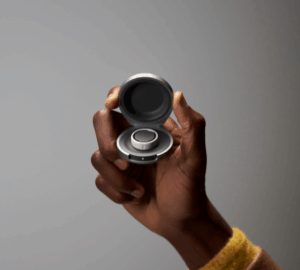As we pass the three-year anniversary of the start of the COVID-19 pandemic, Oura is pleased to share innovative research conducted by our science team that was published today in the peer-reviewed journal, Digital Biomarkers.
The study, authored by Oura’s science team members Gerald Pho, Nina Thigpen, Shyamal Patel, and Hal Tily, analyzed the anonymized biometric data of 838 Oura members who reported confirmed COVID infection and 20,267 members who reported receiving a COVID vaccine.
The biometrics compared in the study included:
- Temperature trends
- Resting heart rate
- HRV
- Breathing rate
- Sleep efficiency
These were measured for each user in the month before and after the vaccination or infection event.
Below is a summary of the results. Find the full paper here.
RELATED: Researchers Use Oura To Study Our Responses to COVID-19 Vaccines
COVID Infection:
- The study found significant changes in temperature, breathing rate, heart rate variability, and sleep efficiency beginning up to 2.5 days before members reported COVID infection and extending 10 or more days afterward.
- Physiological responses to the Delta variant were larger than responses to the Alpha or other earlier variants, particularly cardiac responses.
COVID Vaccine Response:
- Researchers found similar but much smaller physiological responses to the vaccine, beginning on the night after the vaccine and lasting up to around 4 days.
- Physiological response to the vaccine was greater in people under 35 than in people over 50 and greater in the second vaccine dose, suggesting a stronger immune response.
Vaccinated vs. Unvaccinated Response to COVID infection:
- Physiological response to COVID infection was smaller in people who had previously reported receiving a vaccine than in those who had not.
Overall, these results are in line with prior findings that biometric measurements provided by consumer-grade wearable devices, like the Oura Ring, can be predictive of COVID-19 infection. The results also suggest that wearable technology, such as the Oura Ring, can be used as a potential platform on which to build screening tools for early detection of illness.
Critically, as the researchers note, “continuous passive monitoring of biometrics may result in higher compliance than self- or physician-administered testing programs, while also allowing the creation of individual baselines that increase sensitivity to illness-related deviations.”
READ MORE: Oura Ring Data Reveals How Lockdowns Affected Sleep Across the Globe











